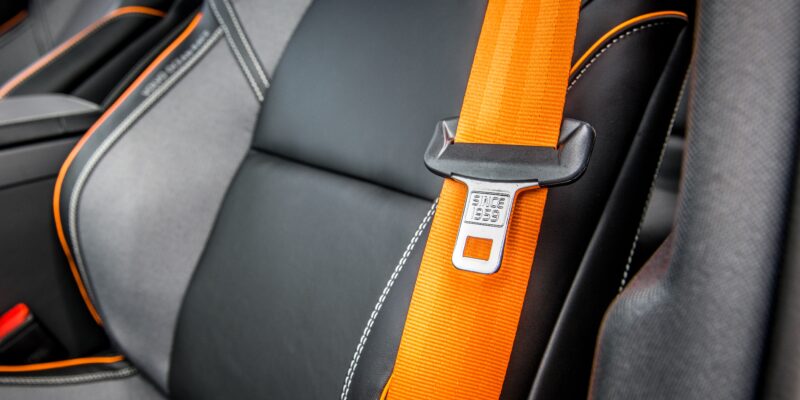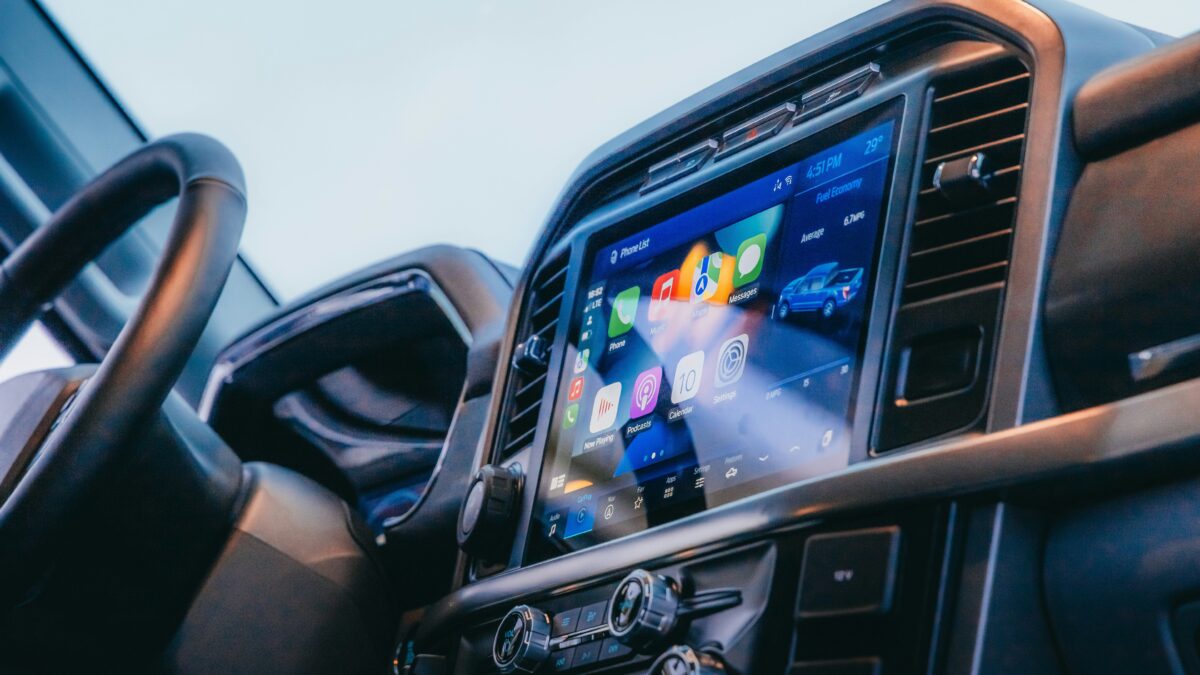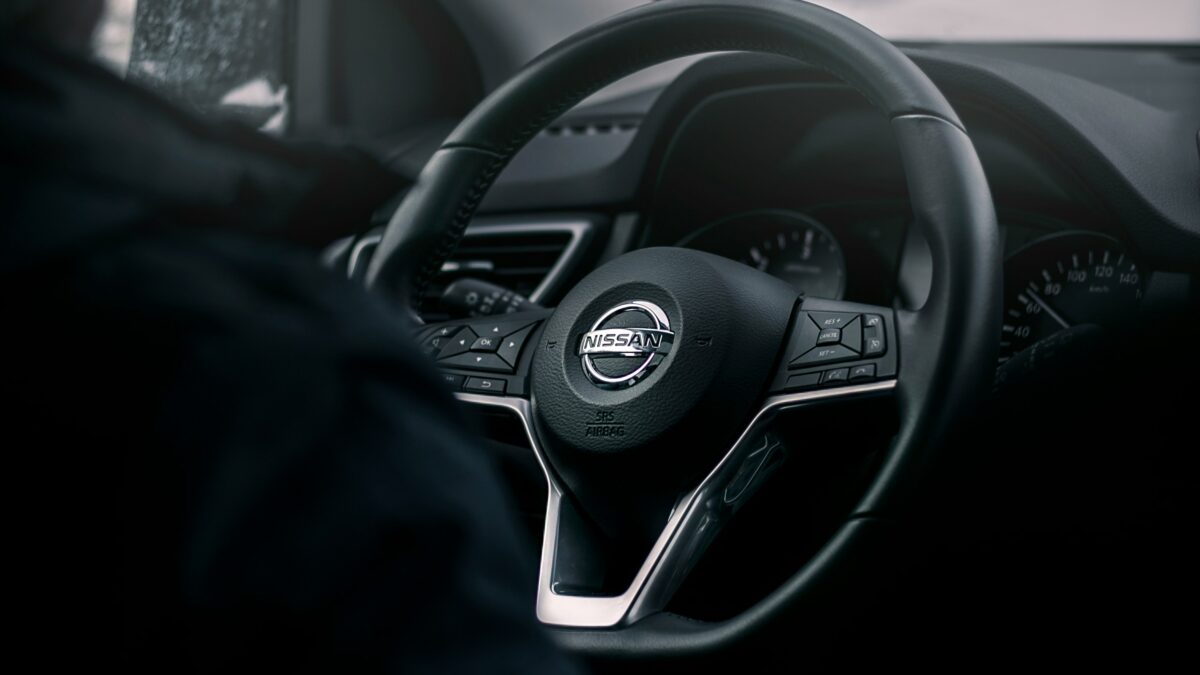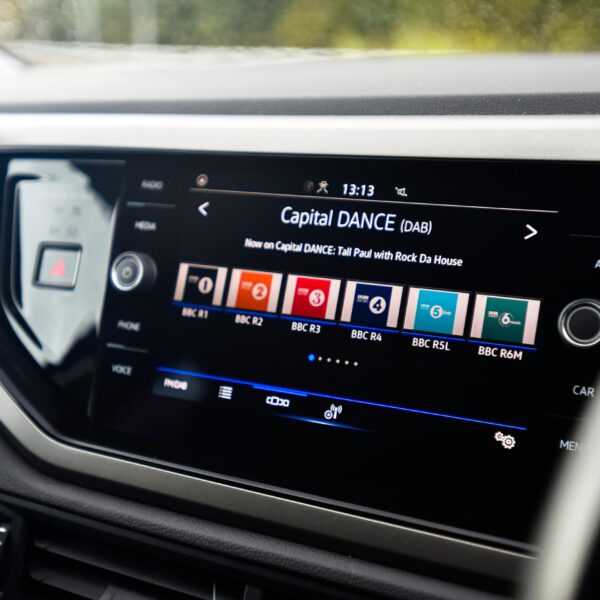Brief History of Seat Belts
Seat belts have become an integral safety feature of car manufacturing. According to the CDC, seat belts reduce serious crash-related injuries and deaths by about half. Though there was once a time before lap belts ever existed, here’s how one of the most important car safety features came to be.
A look into the brief history of seat belts

First invention
The first ever seat belt was invented by George Cayley back in the late 1800s. Cayley, a renowned aviator, engineer, and inventor, developed seat belts to keep pilots safe while flying. While this safety advancement laid the foundation for what seat belts would become today, it wasn’t until Edward J. Claghorn patented the seat belt design on February 10th, 1885 that this function became available in cars.
Testing seat belts for safety
It wasn’t until the 1930s that U.S. physicians began testing seat belt utility. Around this time, automobiles were rising in popularity, resulting in advanced manufacturing and better safety precautions. It didn’t take long for those physicians to realize the safety impact of this simple car feature. In the years that followed, a number of automakers were urged to incorporate this design into the manufacture of their vehicles. On top of that, popular sporting clubs, like the Sports Car Club of America, made the decision to require lap belts for improved protection while racing.
The modern seat belts that we value today came from the inventive mind of Swedish engineer, Nils Bohlin. Hired by Volvo in 1958, Bohlin left the final legacy of seat belt safety that carries on today. The three point design helped secure the upper and lower part of a body in the event of an accident. Previous statements made by Bohlin declare the design as both simple and effective.
Making it legal (1966)
Thanks to Bohlin’s three point design, drivers and passengers felt better protected during an accident. And the statistics were proof enough that driver safety did improve. By 1966, law makers enforced a new law that required automakers to manufacture cars with seat belts.
Enforcing seat belt safety
Even though the new law required automakers to manufacture cars with seat belts, it took the public awhile to actually wear them. Advertisement campaigns like “Click it or ticket” ran for decades to encourage drivers to take part in safer driving. As of 2021, the national use rate has reached 90.4%. The increase in use is likely due to advanced safety technology that notifies the driver when a seat belt is not being worn.
What’s next?
Bohlin’s design has remained a staple of car manufacturing. However, some drivers may wonder if lap belts could become even more comfortable in time. The answer is, possibly. It would take another innovator like Bohlin to make a groundbreaking design work with current safety standards. While automakers are always looking for ways to improve the driving experience, the current design has done its job thus far. Overall, the history of lap belts is brief but impactful. Therefore, we hope you’ve enjoyed learning the origins of this everyday safety feature.

















When i was young in the late 80’s neither of my parents buckled up. My mom would buckle the belts behind the seat push the receiver in the crack and become offended at anyone who considered buckling up. When my dad remarried his wife my step mom was a bit more safety conscious and would regularly ask us to belt up. It was so weird at first but eventually became a non issue. When i got my first car the belts were tucked away until
One night when i gave my step
Mom a ride and she insisted we dig them
Out and buckle up. Funny thing. That night a guy ran a light and hit us and those seat belts
Saved us a lot of grief. Buckle up